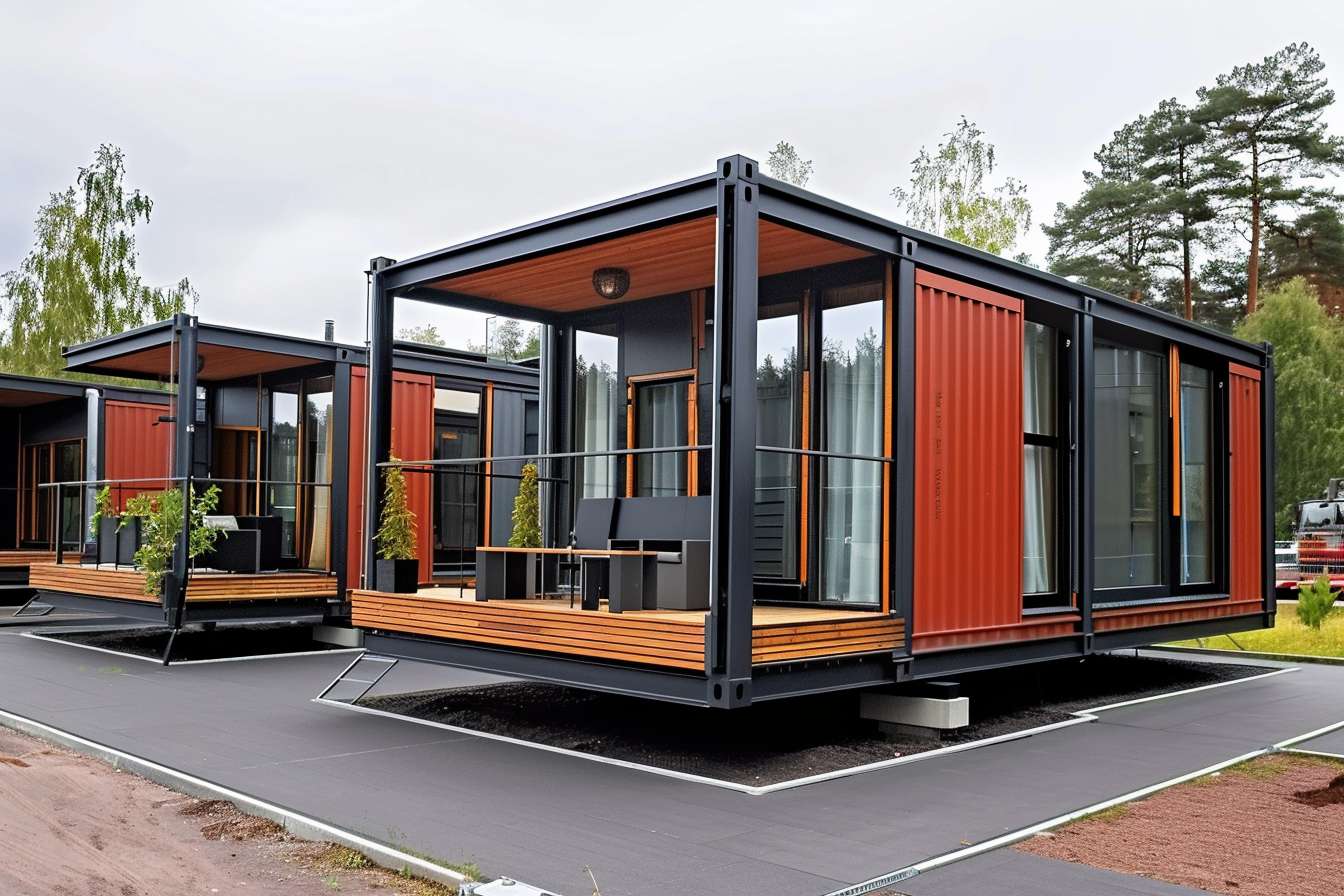Container Homes in Hungary: An Innovative Approach to Housing
Hungary, like many countries, is exploring innovative solutions to address housing challenges. One such approach gaining attention is the use of shipping containers as residential structures. This article delves into the world of container homes in Hungary, examining their benefits, costs, design possibilities, and available options.

What are the Benefits of Container Homes in Hungary?
Container homes offer several advantages that make them an attractive housing option in Hungary. Firstly, these structures are highly sustainable, as they repurpose existing materials and reduce the need for new construction resources. This aligns well with Hungary’s growing focus on environmental consciousness.
Additionally, container homes can be constructed quickly compared to traditional buildings. This rapid assembly process can help address housing shortages more efficiently. The modular nature of containers also allows for flexibility in design and easy expansion as needs change over time.
Another significant benefit is the potential for cost savings. While initial expenses can vary, container homes often prove more economical than conventional housing in the long run due to lower maintenance requirements and improved energy efficiency.
How Much Do Container Homes Cost in Hungary?
The cost of container homes in Hungary can vary widely depending on several factors, including size, design complexity, and finish quality. Generally, a basic single-container home might start from around 5 million to 8 million Hungarian Forints (HUF), while more elaborate multi-container designs can range from 15 million to 30 million HUF or more.
It’s important to consider additional costs such as land purchase, site preparation, utilities connection, and any necessary permits. These factors can significantly impact the overall investment required for a container home project in Hungary.
| Container Home Type | Estimated Cost Range (HUF) |
|---|---|
| Basic Single Container | 5,000,000 - 8,000,000 |
| Mid-Range Double Container | 10,000,000 - 20,000,000 |
| Luxury Multi-Container | 20,000,000 - 30,000,000+ |
Prices, rates, or cost estimates mentioned in this article are based on the latest available information but may change over time. Independent research is advised before making financial decisions.
What are the Design Possibilities for Container Homes?
Container homes offer a wide range of design possibilities, limited only by imagination and local regulations. In Hungary, architects and designers are exploring creative ways to transform these industrial structures into comfortable living spaces.
One popular approach is the minimalist design, which embraces the container’s inherent simplicity. This style often features open floor plans, large windows, and a focus on functionality. On the other hand, some designers opt for a more luxurious approach, combining multiple containers to create spacious homes with high-end finishes.
Eco-friendly designs are also gaining traction in Hungary. These incorporate green roofs, solar panels, and rainwater harvesting systems, aligning with the country’s growing interest in sustainable living.
What Container Home Options are Available in Hungary?
Hungary offers various container home options to suit different needs and preferences. Some companies specialize in prefabricated container homes, providing turnkey solutions that can be quickly installed on-site. These often come in standard configurations but may offer some customization options.
For those seeking a more personalized approach, custom container home builders in Hungary work closely with clients to create bespoke designs. This option allows for greater flexibility in layout, finishes, and overall aesthetic.
Additionally, some Hungarian companies offer container homes as temporary or mobile housing solutions. These can be particularly useful for short-term accommodations or in areas where permanent structures are not feasible.
How Do Container Homes Align with Hungarian Building Regulations?
When considering a container home in Hungary, it’s crucial to understand how these structures fit within the country’s building regulations. While container homes are generally accepted, they must still comply with local zoning laws, building codes, and safety standards.
In most cases, container homes in Hungary require the same permits as traditional houses. This includes approvals for construction, utilities connection, and occupancy. It’s advisable to consult with local authorities or a knowledgeable architect to ensure compliance with all relevant regulations.
Some areas in Hungary may have specific guidelines for container homes, particularly concerning their appearance and integration with the surrounding architecture. These considerations are important to address during the planning phase of a container home project.
What is the Future of Container Homes in Hungary?
As Hungary continues to grapple with housing affordability and sustainability challenges, container homes present an intriguing solution. The flexibility, cost-effectiveness, and eco-friendly nature of these structures align well with many of the country’s housing goals.
While still a relatively niche market, the interest in container homes is growing among both homeowners and developers in Hungary. As more successful projects are completed and awareness increases, it’s likely that container homes will become a more common sight across the Hungarian landscape.
However, the widespread adoption of container homes in Hungary will depend on factors such as continued innovation in design, improvements in insulation and energy efficiency, and the evolution of building regulations to accommodate these unique structures.
In conclusion, container homes offer an innovative approach to housing in Hungary, providing a blend of sustainability, affordability, and design flexibility. As the concept continues to evolve and gain acceptance, it has the potential to play a significant role in shaping the future of residential architecture in the country.




